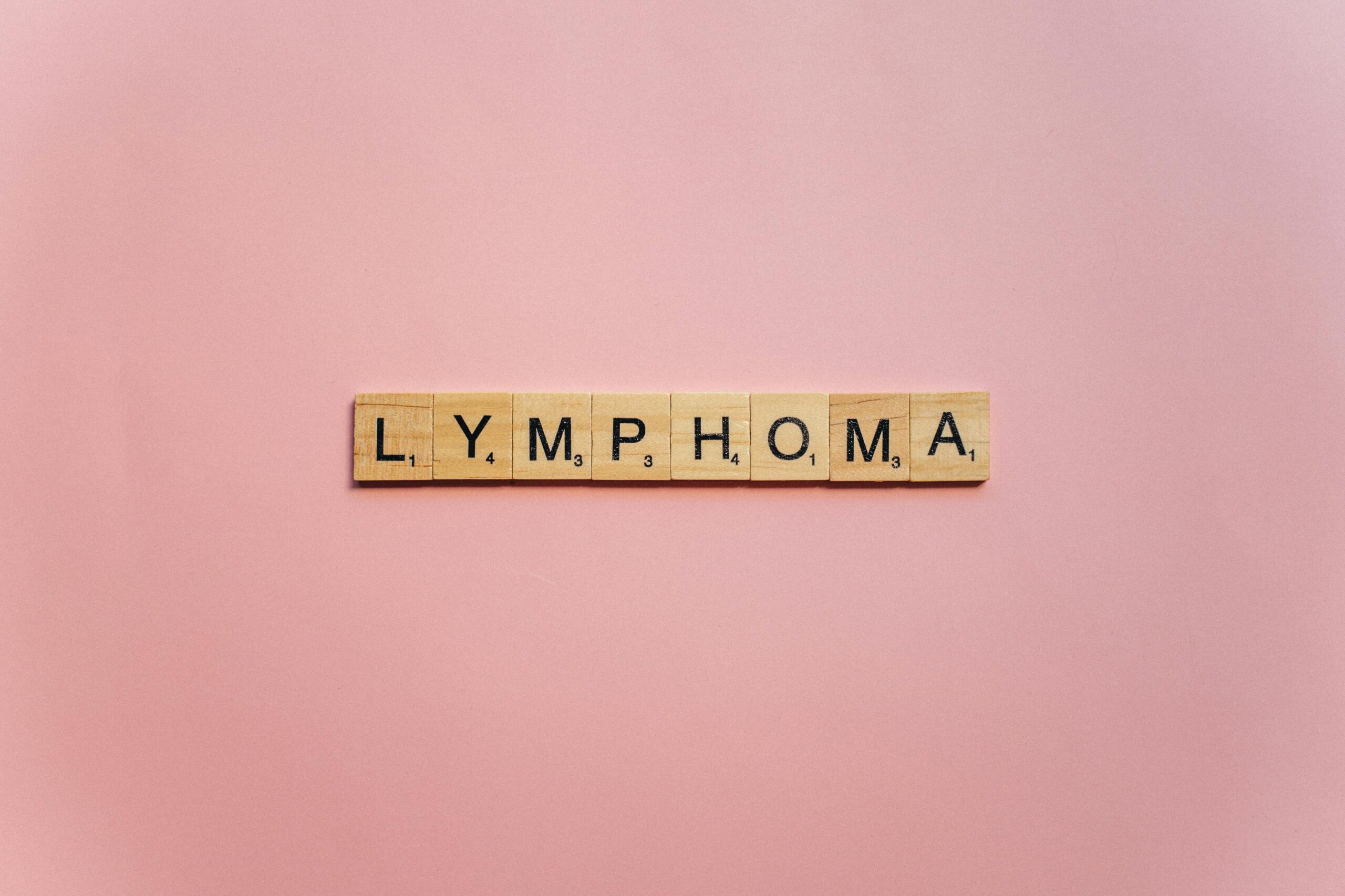Non-Hodgkin’s lymphoma (NHL) is a type of cancer that originates in the lymphatic system, which is part of the body’s immune defense. In contrast to Hodgkin’s lymphoma, NHL is more prevalent and encompasses a wide range of blood cancers that impact lymphocytes, which are white blood cells. The main features of NHL are examined in this article, along with its symptoms, causes, diagnosis, and available treatments.
What is Non-Hodgkin’s Lymphoma?
NHL occurs when abnormal lymphocytes (a type of white blood cell) grow uncontrollably, forming tumors in lymph nodes or other lymphatic tissues. There are over 60 subtypes of NHL, classified based on the type of lymphocyte affected (B-cells or T-cells) and how quickly the cancer progresses (indolent or aggressive).
Common Symptoms
Depending on the subtype and stage, NHL symptoms can vary, however they frequently include:
- Swollen lymph nodes (painless lumps in the neck, armpits, or groin)
- Fatigue and weakness
- Unexplained weight loss
- Night sweats
- Fever
- Shortness of breath or chest pain (if lymph nodes in the chest are affected)
Because these symptoms might mimic those of other conditions, it is important to see a specialist for a comprehensive evaluation.
Causes and Risk Factors
- Immune system weakness (caused by autoimmune illnesses, organ transplants, or HIV/AIDS)
- Hepatitis C, Helicobacter pylori, or Epstein-Barr virus infections
- Age (more prevalent in those over 60)
- exposure to certain substances (herbicides or insecticides)
- Family history (although this is not always the case)
Diagnosis
- Physical assessment (examining enlarged lymph nodes)
- Biopsy (extraction of a tissue sample or lymph node for analysis)
- Imaging studies (such as MRI, PET, or CT scans to identify the spread of cancer)
- Blood tests for determining general health and identifying anomalies
Treatment Options
The NHL subtype, stage, and general health of the patient all influence the course of treatment. Typical methods include of:
- Chemotherapy is the main method used to kill cancer cells.
- radiation treatment (focusing on particular afflicted areas)
- Immunotherapy: strengthening the body’s defenses against cancer
- Drugs that target particular characteristics of cancer cells are known as targeted therapy.
There are numerous subtypes and therapy options for non-Hodgkin’s lymphoma, making it a complex disease. Better results can result from early symptom recognition and getting medical advice. Ongoing research continues to improve therapies, offering hope to patients worldwide.
